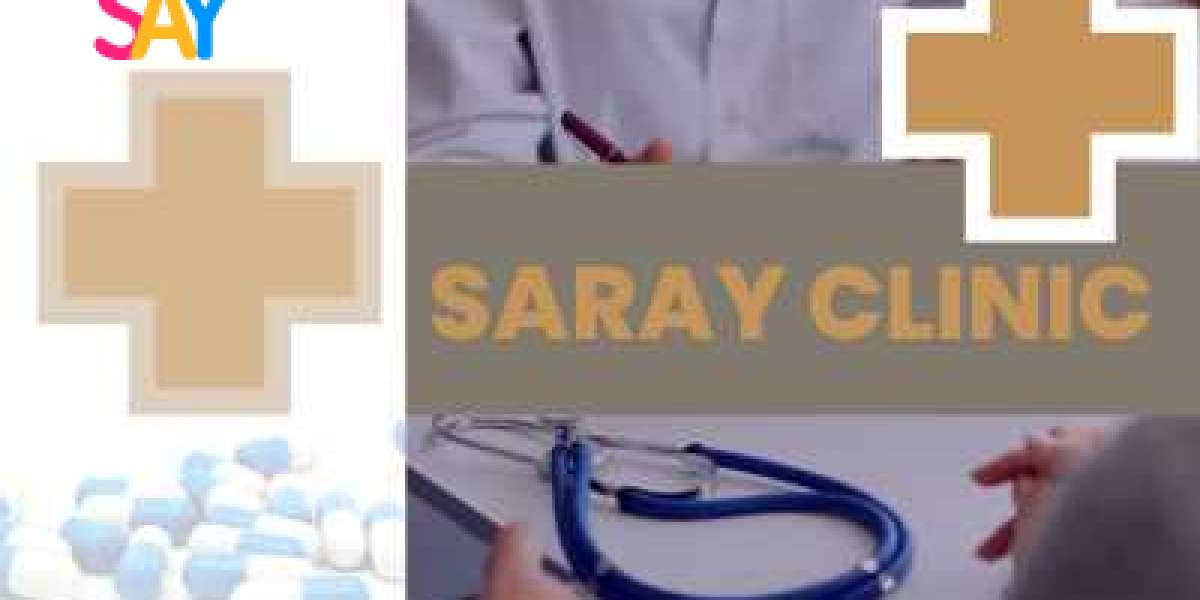Infectious diseases, caused by pathogens such as bacteria, viruses, fungi, and parasites, pose significant health challenges worldwide. Proper management and treatment are crucial to controlling these diseases and preventing their spread. This comprehensive guide explores strategies for managing and treating infectious diseases, emphasizing prevention, diagnosis, and effective treatment options.
Understanding Infectious Diseases
Infectious diseases are conditions caused by pathogenic microorganisms that can invade the body, multiply, and cause illness. They can be transmitted from person to person, through contaminated food or water, or via vectors like mosquitoes. Common examples include the flu, tuberculosis, HIV/AIDS, malaria, and COVID-19.
Prevention Strategies
Prevention is the cornerstone of infectious disease management. Effective strategies include:
Vaccines are one of the most effective tools for preventing infectious diseases. They work by stimulating the immune system to recognize and fight specific pathogens. Routine vaccinations, such as those for measles, mumps, rubella, and influenza, play a crucial role in preventing outbreaks.
Proper hand hygiene, including regular handwashing with soap and water, is essential to prevent the spread of many infectious diseases. Additionally, maintaining good sanitation practices, such as safe food handling and clean water supply, helps reduce the risk of disease transmission.
In settings where infections are common, such as healthcare facilities, adopting safe practices like using personal protective equipment (PPE) and following infection control protocols can prevent the spread of diseases.
For diseases transmitted by vectors, such as mosquitoes (e.g., malaria and dengue fever), vector control measures are vital. These include using insect repellent, wearing protective clothing, and eliminating standing water where mosquitoes breed.
Educating the public about preventive measures and recognizing symptoms of infectious diseases can enhance community awareness and encourage proactive health practices.
Diagnosis of Infectious Diseases
Accurate diagnosis is essential for effective treatment. The process generally involves:
Physicians start with a thorough medical history and physical examination. Symptoms, travel history, exposure risks, and contact with infected individuals are assessed.
Diagnostic tests play a critical role in confirming the presence of pathogens. These may include blood tests, urine tests, cultures, and molecular techniques like PCR (polymerase chain reaction) to detect specific genetic material.
In some cases, imaging studies such as X-rays or CT scans are used to identify complications or assess the extent of infection.
For certain infections, specialized tests may be required. For instance, HIV diagnosis involves specific tests to detect antibodies or viral RNA.
Treatment Options
Treatment for infectious diseases varies depending on the type of pathogen and the severity of the illness. Key treatment approaches include:
Bacterial infections are commonly treated with antibiotics. The choice of antibiotic depends on the specific bacteria causing the infection and its susceptibility. It is crucial to complete the full course of antibiotics to ensure the infection is fully eradicated and to prevent antibiotic resistance.
Viral infections are treated with antiviral medications that inhibit the replication of viruses. For example, antivirals like oseltamivir are used for influenza, while antiretrovirals are crucial for managing HIV/AIDS.
Fungal infections require antifungal medications, which can be topical, oral, or intravenous, depending on the severity and type of fungal infection.
Parasitic infections are treated with antiparasitic drugs. For instance, medications like ivermectin and chloroquine are used for diseases like scabies and malaria, respectively.
In addition to specific medications, supportive care is important. This may include hydration, pain management, and supportive therapies to aid the body’s recovery.
Severe cases of infectious diseases may require hospitalization for intensive treatment, monitoring, and supportive care. This is particularly important for vulnerable populations, such as the elderly or immunocompromised individuals.
Managing Infectious Disease Outbreaks
Infectious disease outbreaks, whether localized or global, require coordinated efforts to manage. Key strategies include:
Monitoring and tracking the incidence and spread of infectious diseases are essential for early detection and response. Public health agencies use surveillance data to implement control measures and allocate resources effectively.
To prevent the spread of infectious diseases, individuals who are infected or exposed may be quarantined or isolated. This helps limit transmission and protects public health.
Identifying and notifying individuals who have been in contact with infected persons helps to prevent further spread and allows for early intervention.
Governments and health organizations may implement public health interventions, such as travel restrictions, mass vaccination campaigns, and public awareness campaigns, to control outbreaks.
Ongoing research is critical for developing new treatments, vaccines, and diagnostic tools. Investment in research helps to address emerging infectious diseases and improve existing interventions.
Conclusion
Managing and treating infectious diseases require a multifaceted approach that includes prevention, accurate diagnosis, effective treatment, and robust public health strategies. By combining these elements, we can reduce the burden of infectious diseases, improve health outcomes, and safeguard public health. Continued vigilance, education, and research are essential to adapt to the evolving challenges posed by infectious diseases and to ensure a healthier future for all.




